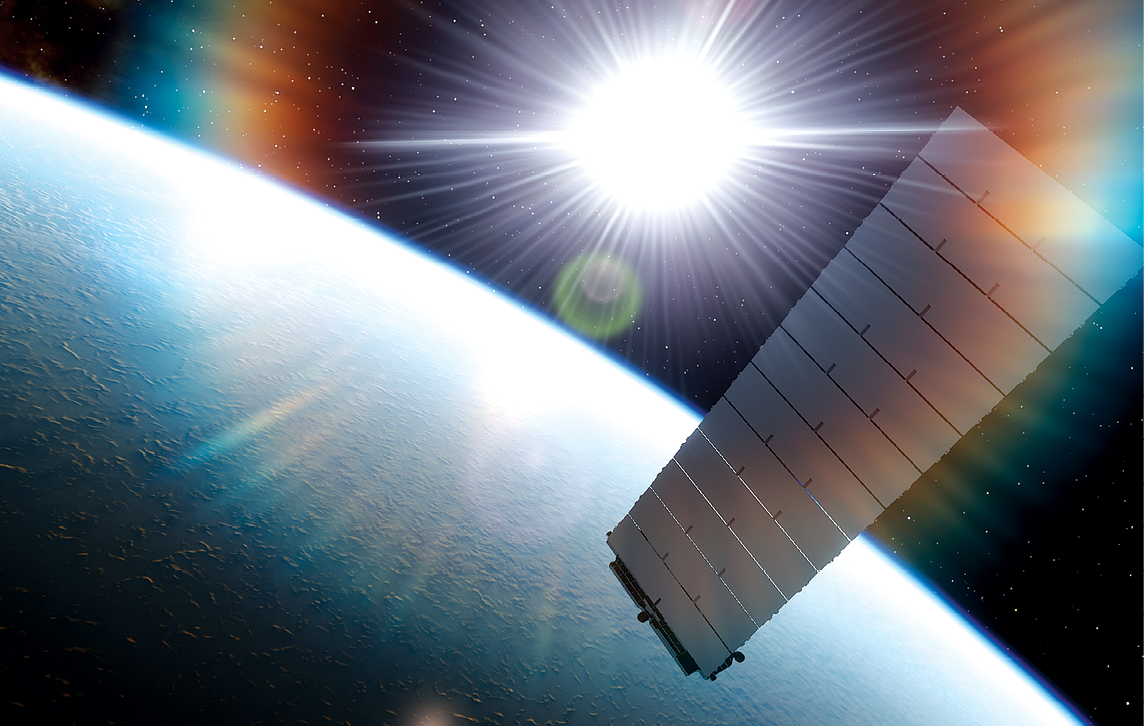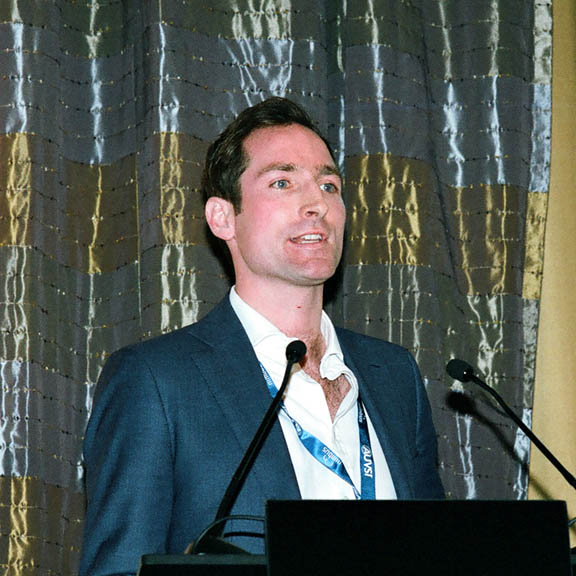Speaking at the recent NAVISP conference in Noordwijk, Mark Brammer, Positioning Lead, UK National PNT Office, provided details on the UK’s new Framework for PNT Resilience and Innovation.
“The UK economy and society would suffer severe consequences from a major disruption to global navigation satellite systems [GNSS],” Brammer said, “with timing being the most critical element. The objective of the new PNT framework is not specifically to build an alternative technology. Instead, we want to focus on critical national infrastructure [CNI], PNT use cases, impacts, and solutions.”
The framework will comprise two phases, dubbed ‘epochs’. “Over the next few years, Epoch 1 will utilize current and proposed or partially funded capabilities,” Brammer said. “We will have UK-sourced timing from NTC RETSI, provided by assured means to a UK space-based augmentation system [SBAS], to a terrestrial broadcast eLORAN [enhanced long-range navigation] network, and over fiber to national GNSS interference monitoring systems.”
Tried and tested
The UK’s eLORAN capability consists of a distributed system of over-the-air, 90- 110kw transmitters based in at least four locations in the UK and Ireland. This would provide CNI timing and safety-of-life services to maritime and aviation users. “eLORAN is an internationally standardized system used by multiple nations,” Brammer said, “primarily in the maritime domain. The Department for Transport and the General Lighthouse Authority will act as system leads.”
A UK SBAS will provide PPP for enhanced geolocation performance and GNSS-health monitoring, using GPS L1 and L5 frequency sets, and providing precision navigation for air transport and autonomous vehicle operations. An international partnership with Australia is envisaged, with the UK Department for Transport as lead, working in close association with the Ministry of Defense (MOD) and the UK Space Agency (UKSA). ‘Time Over Fibre’ will provide internal UTC(NPL) timing to CNI users, including the MOD, and will be a primary means of transmission of UTC(NPL) to transmitting nodes.
These systems will compliment and ensure current GNSS services. Development of follow-on components for Epoch 2 is to be guided by the UK’s national PNT office directly and through the European Space Agency’s NAVISP program. Reader’s will know that while the UK is no longer a member of the European Union, it is still a full member of ESA.
Longer term
“In future years, Epoch 2 will continue to utilize all of the capabilities of Epoch 1, current, planned-funded or partially funded,” said Brammer. “Further, we intend to develop a regional space-based GNSS, enabled by eLORAN, encrypted for CNI. This means establishing a land-based eLORAN system which enables a small, four-satellite, regional constellation of GNSS satellites to support the UK and territories. Consider this as a UK equivalent of Japan’s QZSS.” Alongside these new elements, the UK will work to develop a LEO PNT, terrestrial broadcast 5G/Mesh/SoO system, and will promote the growth of its own wider quantum timing and navigation industry.
“The final result will be a closely integrated system of systems,” Brammer said, “bringing together traditional and AltPNT capabilities – the framework that we believe provides the highest resilience and economic opportunity.”






